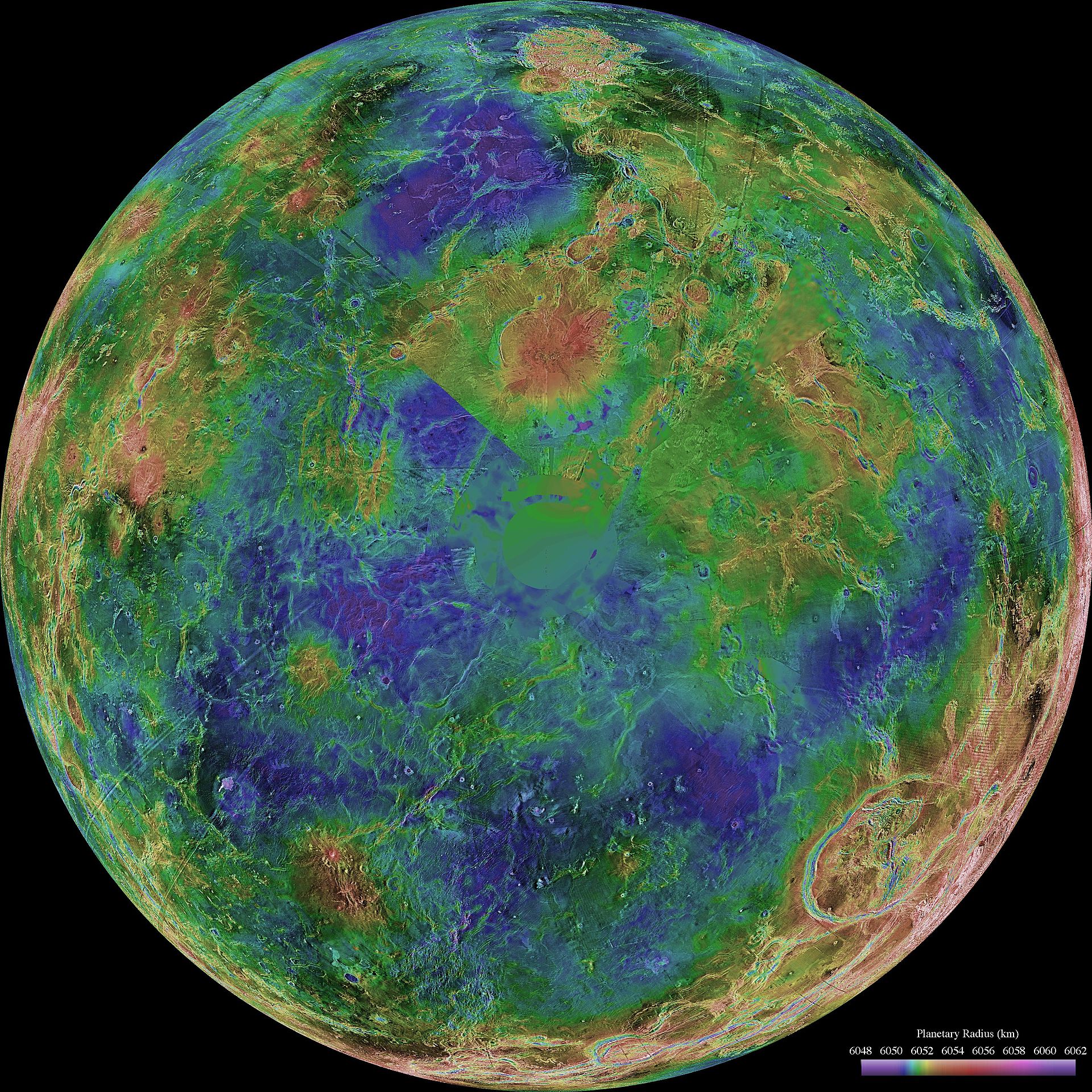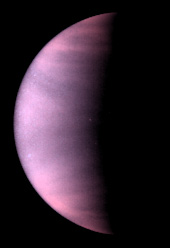November 1, 2019. Have you ever heard of Boca Chica? Nor have I, as this place on the Gulf of Mexico with around 20 inhabitants has so far been nothing more than an insignificant spot on the map. But all that’s about to change. At this site in South Texas, Space X is building a spaceport for its Starship. Soon, this spacecraft will be transporting people into space on top of the new Super Heavy launcher. And this launcher is so powerful that it will even be able to take humans to Mars according to Space-X owner, Elon Musk, who wants to colonize the planet by 2025, thus making humankind a multiplanetoid species. I really respect Elon, whom I first met 15 years ago, and all the impressive things that he has done for the space industry. Yet, choosing Mars as an outpost for humankind does seem to be rather unrealistic to me.
This is despite the fact that Mars is currently attracting a great deal of attention in the space industry. In the coming year, ExoMars 2020 will be starting on its mission to search for traces of life on the planet.
It almost seems to me as if everyone wants to go to Mars because you can take such beautiful photos there. But we'll probably never live permanently on Mars as the environment there is simply far too hostile for life. An awful lot would need to go wrong on Earth for Mars to be considered a better alternative for the continued survival of human civilization. Generally speaking, I don’t think that the space community should be about creating scenarios for the colonization of Mars, but about finding out whether there could be traces of life there. If we succeed in finding an answer to this question, we will surely learn much more about the origins of the universe, our Earth, and possibly even humankind.
not particularly hospitable to life
Yet, I also believe that there are other, possibly even more rewarding objects in space for pursuing this goal. One of these is Venus. When in opposition to Earth, Venus is our closest neighbor. Like Earth, Venus is a terrestrial planet, with the two planets differing only slightly in size and density. However, Venus lies just outside the so-called habitable zone, i.e. a distance from the sun that allows the occurrence of liquid water and, thus, life as we know it on Earth. We know from various missions to Venus that temperatures of over 400 degrees Celsius and pressures of almost 100 bar prevail on the surface. In addition, the atmosphere is very dense and opaque, consisting of 96 percent carbon dioxide, and the clouds constantly shrouding the surface of the planet are mainly made up of droplets of sulfuric acid. All in all, this environment is not particularly hospitable to life.
But it has not always been like that. Earth and Venus formed under very similar conditions. As recently as in September 2019, Michael Way of NASA’s Goddard Institute for Space Science presented a study showing how Venus could have been a moderate planet with stable temperatures of a maximum of 50 and a minimum of 20 degrees Celsius for up to three billion years. This means that the oceans on the surface of the planet also contained liquid water. However, about 700 million years ago a process began that made Venus the inhospitable place it is today. So far it could not be conclusively determined what exactly caused the drastic change. Way and his colleagues postulate that tectonic and volcanic activities on the planet may have led to the release of vast amounts of carbon dioxide previously trapped in the rock into the atmosphere, transforming Venus into one hell of a hot place.
I find these findings extremely exciting. They mean two things to me. For one thing, Venus could have been a habitable planet for billions of years - before our time. For another – and more significantly – we can also see what the future may hold for our Earth by looking at the conditions prevailing on Venus. Venus is more advanced in its life cycle than Earth. So, it may well be a prototype of the state of Earth several hundred millions of years into the future. In time, Earth will also experience significant changes in the intensity of the incident solar radiation or the effects of volcanism and plate tectonics. This raises the questions as to whether we should see Venus as a blueprint of the final state for habitable planets of the size of our Earth and whether we can we draw any conclusions concerning the current climate and environmental changes happening on Earth.
We need to know more about Venus
That said, we still know far too little about the geology of Venus to be able to answer these questions. The only data obtained directly from the surface of the planet comes from the Soviet Venera probes which were launched in the 1970s and 1980s. They only survived briefly under the extreme conditions on the surface of Venus. However, this was still sufficient for them to send images to Earth and to collect some data on the chemical composition of the environment. Researchers at the Russian Academy of Sciences have recently re-evaluated the results of the Venus missions carried out in 1975 and 1982 using the methods that are available today. They believe that the pictures taken of the surface of Venus 44 and 37 years ago may show signs of fauna and flora. Numerous objects with a complex regular structure that are likely to move very slowly have been sighted in the material. The Russians came across a total of up to 18 objects, which in their opinion could possibly be living creatures.
Despite its location outside the habitable zone and the extremely hostile environment, some scientists suspect that life might exist on Venus. However, most of them are not focusing on the planet’s surface, as the Russians did, but on the much cooler cloud layers. In the lower cloud layer, the temperatures are a comparatively mild and the pressure of only 1 bar is bearable. Moreover, the gaseous layer enveloping the planet shields it from most of the harmful radiation from space, making life theoretically possible. Space probes that have flown to Venus in recent decades have measured spectral signatures similar to those of biological molecules on Earth. In addition, scientists do not consider the atmosphere of Venus, which contains a lot of sulphuric acid, to rule out the possibility of life. Microbiological life could well develop in the presence of ultraviolet light as well as chlorine and other substances. 15-20 years ago, the discovery of life in hydrothermal sources in marine trenches on Earth – completely in the absence of light, solar energy and surrounded by sulphur vapor – was also considered to be a sensation.
Germany should also take active steps
But since we know hardly anything about all the forms of life that Venus may have brought forth, we should try to get a scientific mission there. Germany should take steps to initiate a European mission to Venus in the near future. A robotic landing mission is necessary to explore the planet’s geology, a discipline in which we in Germany lead the rest of the world. Above all, we generally need more missions to study Venus and gain a better understanding of its evolution and to find out whether completely different rules of biology apply in space and whether life always needs sunlight to develop. In my view, all these questions fully justify such a mission. These findings could then also be very helpful in assessing more effectively the probability of life on the thousands of exoplanets that have been discovered in recent years. Through new missions, such as PLATO, we will be able to discover many more exoplanets in the coming decades. Many of these exoplanets are similar in size to Venus and orbit their sun at a comparable distance. So, if we do find out whether and how conditions hospitable to life prevailed on Venus, we can also look more effectively and specifically for possible exoplanets that exhibit similar conditions. It also gives us an opportunity of enhancing the climate models on Earth and to better understand the changes taking place on our planet.

Personal details:
Born in 1962, Marco Fuchs studied law in Berlin, Hamburg and New York. He worked as an attorney in New York and Frankfurt am Main from 1992 to 1995. In 1995, he joined OHB, the company that his parents had built up. He has been Chief Executive Officer of OHB SE since 2000 and of OHB System AG since 2011. Marco Fuchs is married and has two children.



